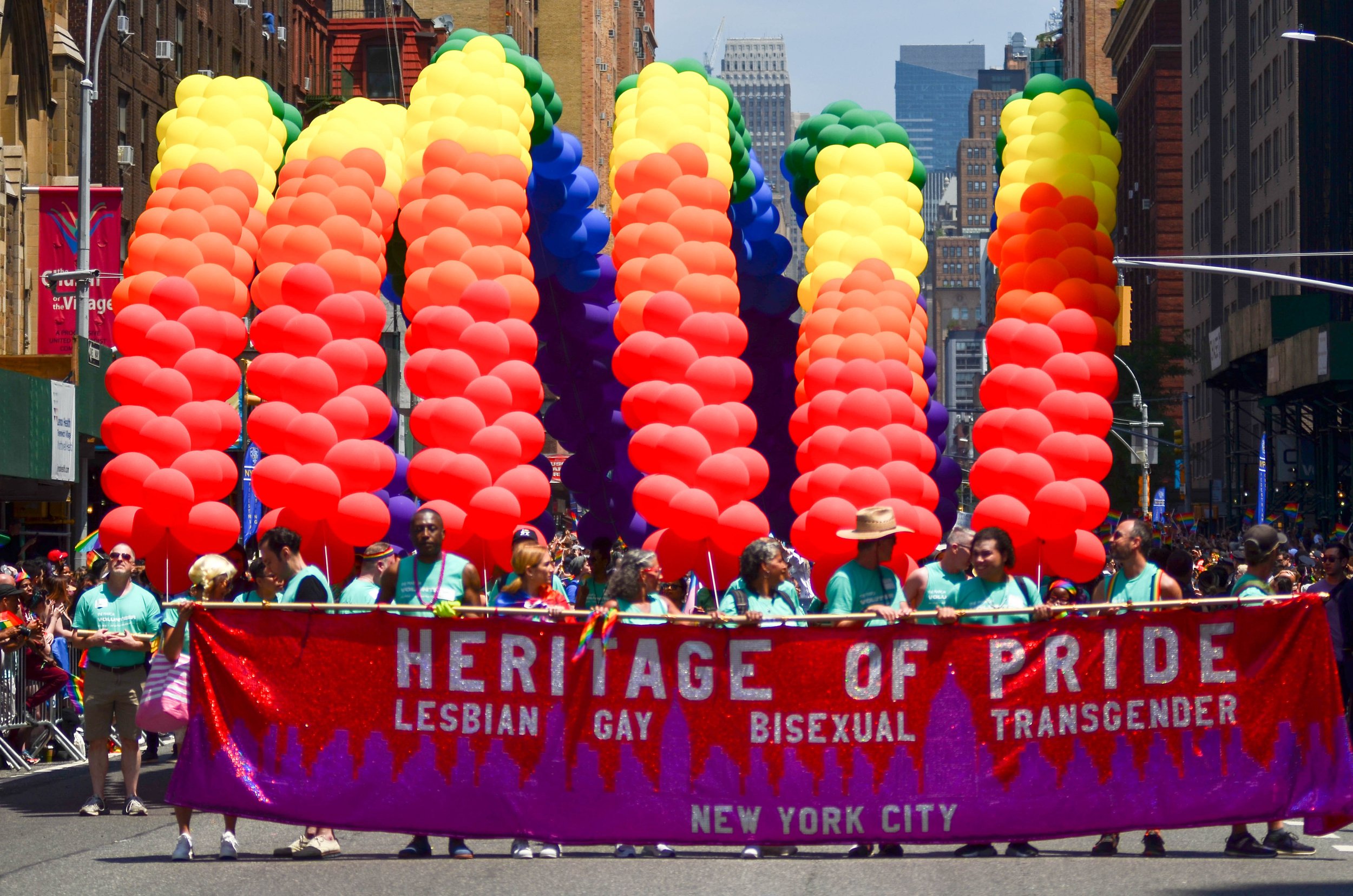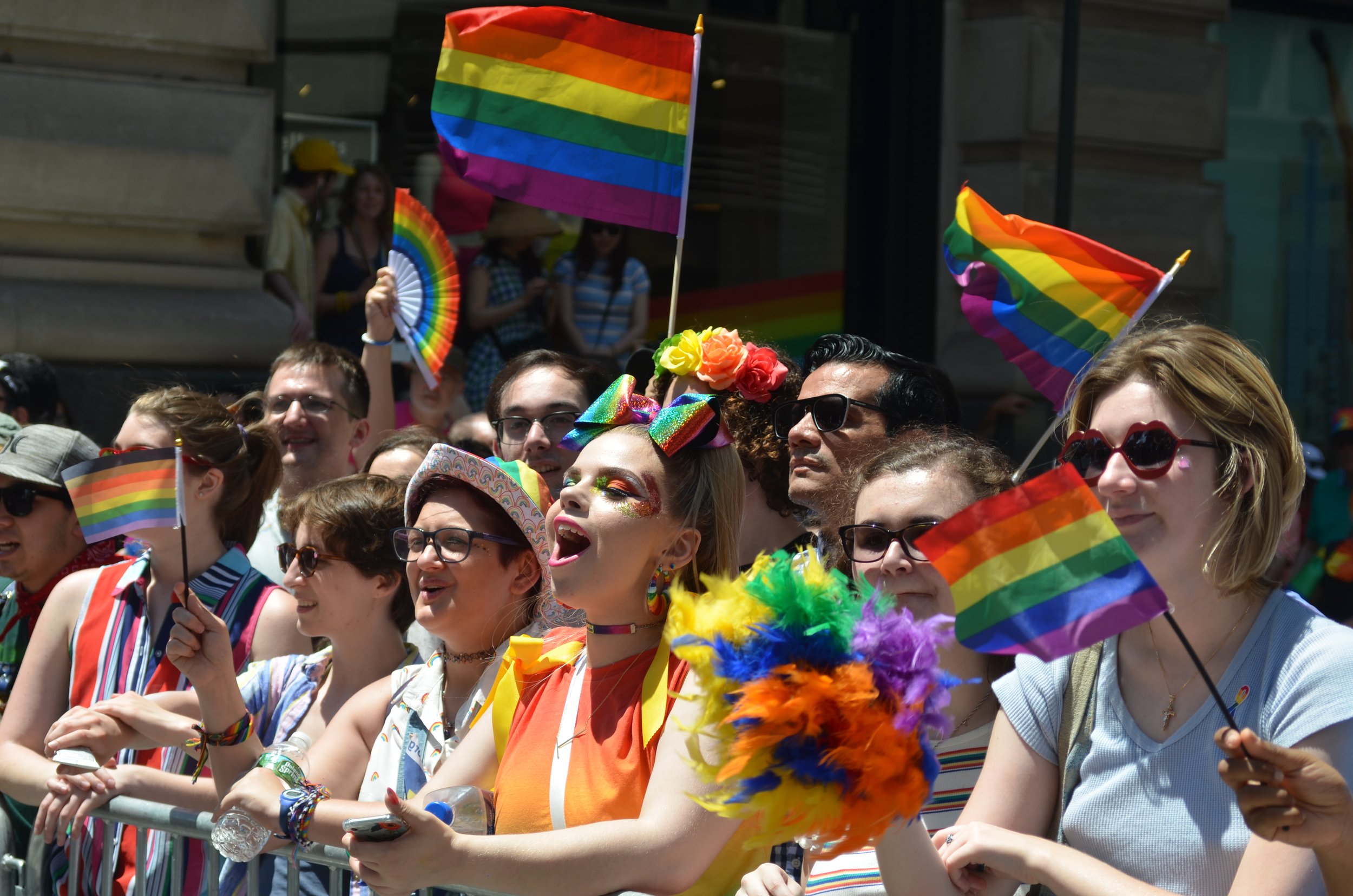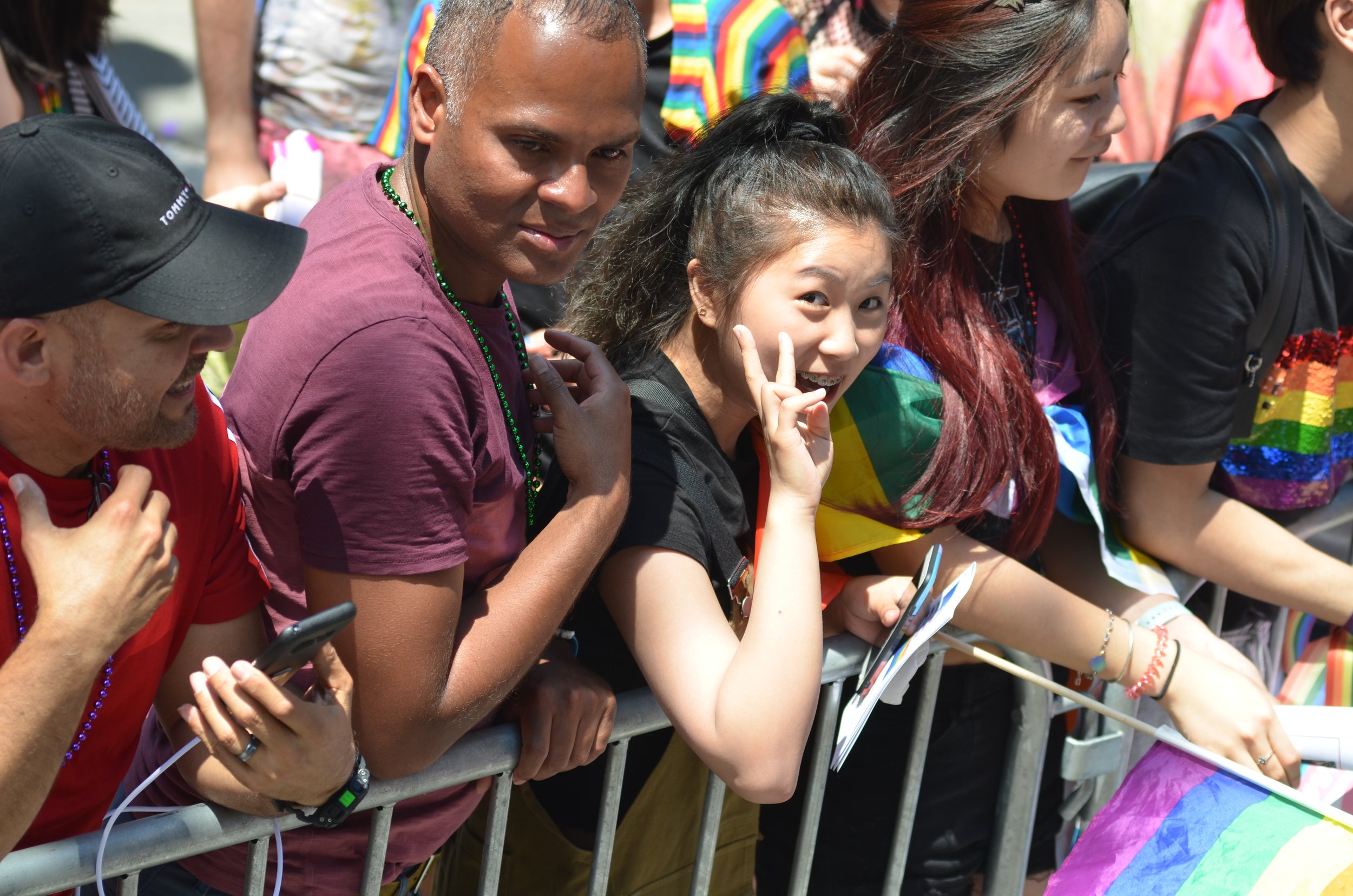The New York City Municipal Archives’ moving image collection provides unique documentation on diverse subjects. Several recent digitization projects have made this visual record more widely available. This week, For the Record highlights newly digitized films and video tapes of iconic NYC LGBTQ+ rights activists like Sylvia Rivera, Andrew Humm, Betty Santoro, Marc Rubin, and many more. These activists worked from 1971 to 1986 to pass the so called ‘Gay Civil Rights Bill’ that added sexual orientation to New York City’s anti-discrimination laws, protecting queer people’s right to housing, employment and security. All of this footage was recorded either by municipal television channels serving the city or covert NYPD surveillance of the gay liberation movement in the wake of the Stonewall riot of 1969.
To learn more about the WNYC-TV collection, browse the nearly 1,000 digitized films in the digital gallery here and discover many other collections made freely available. The digitization of these films was funded by a Local Government Records Management Improvement Fund (LGRMIF) grant from the New York State Archives.
















